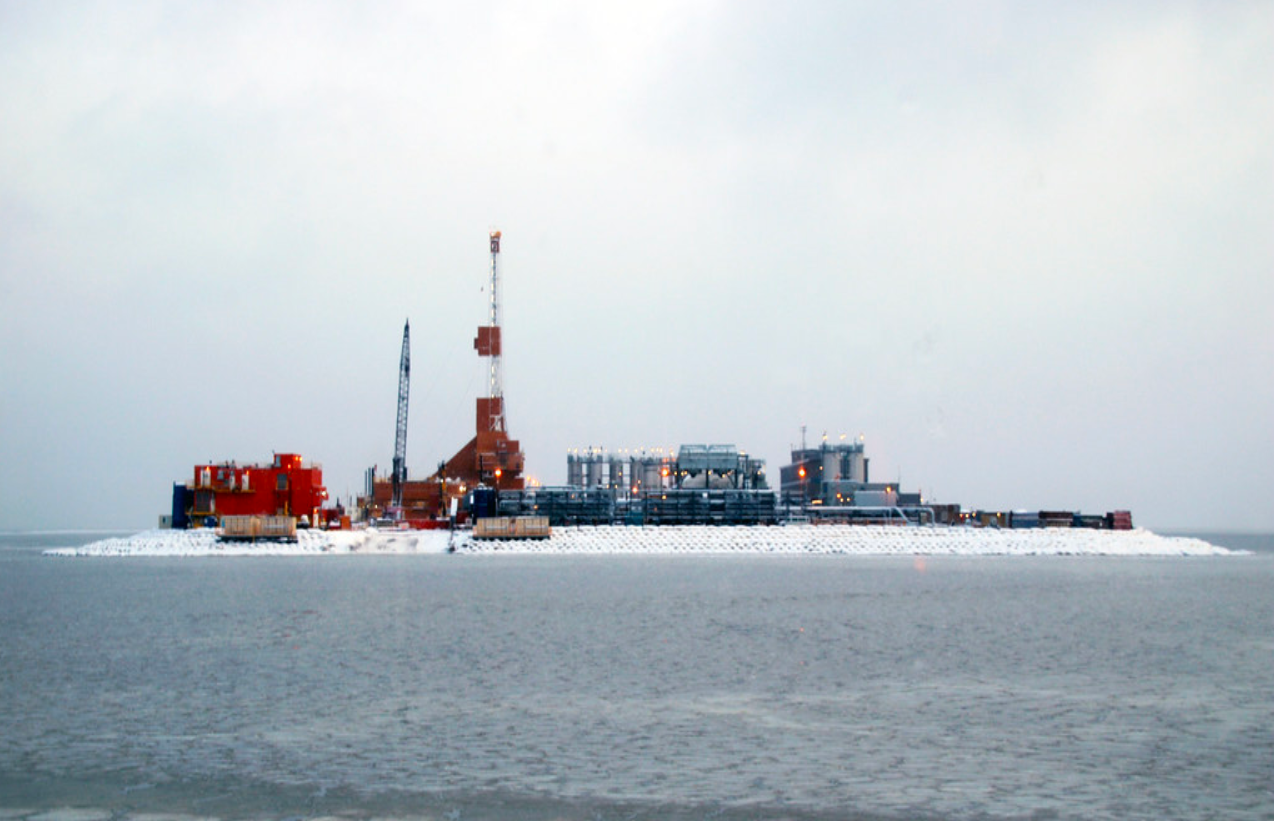Environmental and climate activists have been rallying online since early February against Alaska’s largest crude oil producer, ConocoPhillips, and its proposed Willow oil project—first announced in 2017. However, efforts proved futile as President Joe Biden’s administration approved the controversial plan on Mar. 13. The Willow project is a $6 billion proposal to drill for oil and gas in Alaska. It will be located inside the National Petroleum Reserve, a 23 million-acre area on the state’s North Slope that is the largest tract of undisturbed public land in the United States.
The project had to be approved by the Biden administration in order for it to begin moving forward with construction. ConocoPhillips has held leases to the prospective drilling site for more than two decades, and according to the New York Times, administration attorneys argued that refusing a permit would trigger a lawsuit that could cost the government as much as $5 billion. It had previously been approved by the Trump administration in late 2020, but a federal judge annulled development permits, saying initial federal reviews failed to include measures to reduce the impact on the environment and polar bears. Now, environmental activists and some indigenous communities, namely the Native Nuiqsut population, are fighting the project through online campaigns, protests and meetings with federal officials, stating that approval of the project is a betrayal of Biden’s pledge to move the nation away from fossil fuels.
Professor of Political Science and Environmental Studies Frank Alcock explained that “there would certainly be a ‘footprint’ surrounding the infrastructure development over the next five years, especially in Nuiqsut.”
“Then it just depends upon whether or not there are any spills or accidents,” he continued. “Some damage associated with the infrastructure development is guaranteed, and then there are modest risks of more severe damage on top of that.”
ConocoPhillips had initially sought five drilling sites for the project, but the Bureau of Land Management (BLM) was only willing to approve three pads, the minimum number that ConocoPhillips would find acceptable. The company had indicated that it would back out if there were fewer, saying the project would no longer be financially viable. In terms of differences in environmental damage from five pads to three, “there wouldn’t be much of a difference with respect to landside infrastructure. A little less risk of a [potential] accident because of fewer rigs,” Alcock said.
The Willow project area holds an estimated 600 million barrels of oil according to a ConocoPhillips infographic, which is more than the 400 million barrels currently held in the U.S. Strategic Petroleum Reserve, the country’s emergency supply. The project is important to Alaska’s elected officials, who are hoping it will help offset oil production declines in a state whose economy relies heavily on the drilling industry. ConocoPhillips has said the project would deliver up to $17 billion in revenue for federal and state governments and local Alaska communities. The Biden administration has also been urging U.S. oil companies to invest in boosting production to help keep consumer energy prices in check.
“In the past, I’ve found that the economic benefits of new oil development projects are typically overstated,” Alcock said. “Since this is a new area for development, however, the boost to local economic activity and jobs would certainly be real.” Alcock added that it would be five or six years before oil begins to be produced for the market, and a few more years before the investments are paid for, and the project becomes profitable.
Despite potential profits, the BLM describes the proposed site as “critical” to local wildlife, supporting “thousands of migratory birds” and serving as “a primary calving area” for local caribou. Beyond the region, the BLM says the project would release 9.2 million metric tons of annual carbon pollution, which contributes to human-caused climate change—the equivalent being emissions from roughly two million gas-powered cars.
Residents of Nuiqsut, the Inupiaq community closest to the proposed Willow project, have put out a statement affirming that their community is already overrun with oil and gas drilling sites that have “wreaked havoc on their life and livelihood.” Both the city of Nuiqsut and the Native village of Nuiqsit have voiced opposition to the Willow project, including lack of adequate consultation, the significant impact on the health of Nuiqsut residents and the imminent detrimental loss of access to food and subsistence resources.
Biden is expected to announce restrictions on offshore oil leasing in the Arctic Ocean and across Alaska’s North Slope in an effort to counteract criticism over the Willow project decision and to limit future oil leases in the region. The BLM has said that it would issue new rules to block oil and gas leases on more than 13 million of the 23 million acres that form the National Petroleum Reserve-Alaska, according to CBS News. The approval of the Willow project marks a turning point in the administration’s approach to fossil fuel development, as Biden takes a step away from his campaign pledge of “no more drilling on federal lands, period.”

